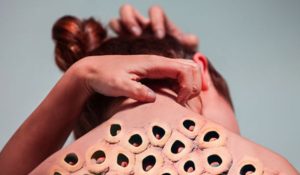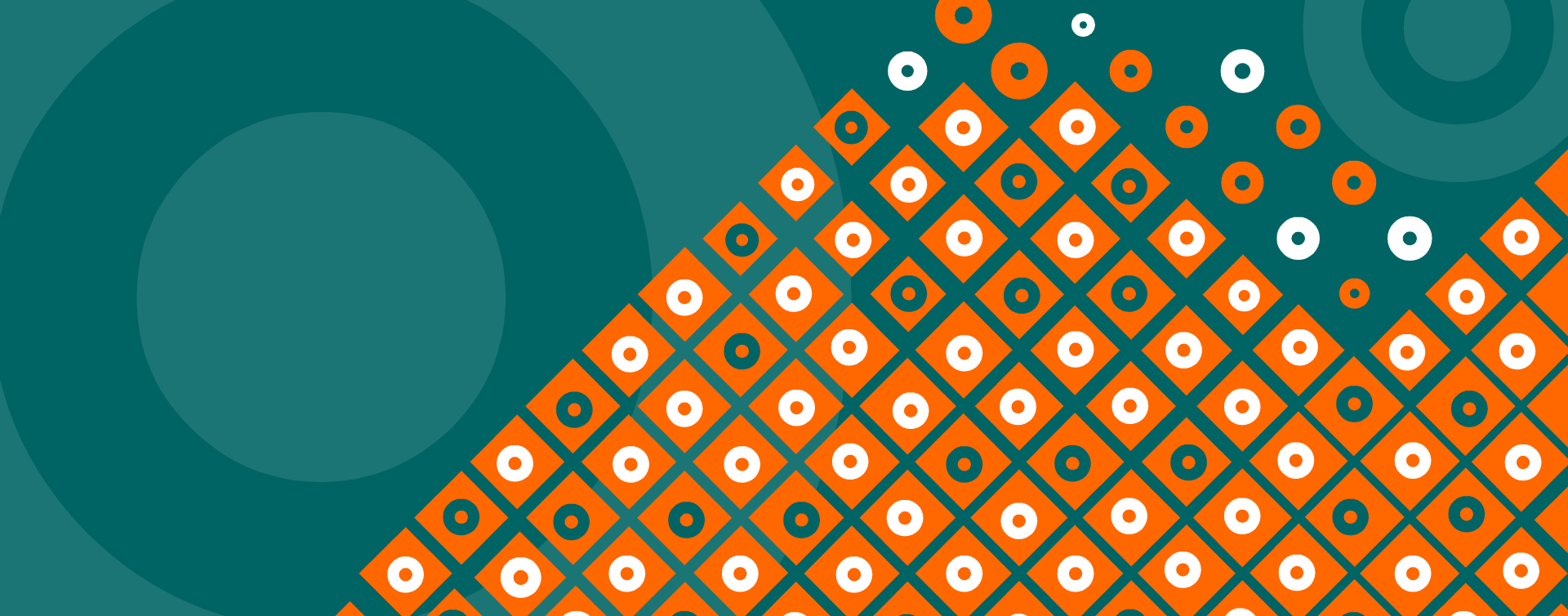What is Trypophobia?

The Lotus Seed Pod is the most prolific Trypophobia image
Trypophobia is a pathological fear of holes, particular those that are clustered together in a pattern. Trypophobia was coined in 2005 and derives its name from the Greek τρύπα (trýpa) “hole” and φόβος (phóbos) “fear”. According to Cole and Wilkins (2015) Trypophobia is a phobia in which “Sufferers report aversion to visual stimuli comprising particular configuration of holes. The stimuli are usually clusters of holes of any variety that are almost always innocuous and seemingly pose no threat” (p. 3). The phobia itself claims many sufferers although not currently recognized by the American Psychiatric Association’s Diagnostic and Statistical Manual of Mental Disorders (DSM), or any other scientific literature.
Trypophobia has long been attributed as an artificially created phobia or psuedophobia since it does not meet the DSM’s criteria of significantly interfering with a person’s normal routine (Fern, 2015); However, speak to anyone that suffers from this fear and Trypophobia is all too real. This psuedophobia status will likely change as more academic research is taken regarding this shock phobia. As early as 2015 scholars have begun studying Trypophobia as the centerpiece of their academic research. Some of this research speculates that this phobia could be an exaggeration of our tendency as human beings to avoid life threatening situations. The cluster formation that triggers Trypophobia most often appears in human disease leading researchers to speculate that Trypophobia is nothing more than the brains primitive repulsion towards circumstances that pose risk to human health (Howarth & Diels, 2013). This Darwinian argument states that the aversion to these instances of clusters of holes occurs were a survival mechanism that innately led primitive humans to have a predisposition to fear these clusters of holes as they may pose a potential threat. Other academic arguments focus on the spatial frequency of patterns and their ability to provide a phobic stimuli as a conditional optic response (Cole & Wilkins, 2015).

Sufferers of Trypophobia are oftentimes called Trypophobes
Die hard sufferers of Trypophobia call themselves Trypophobes. Trypophobes come from all walks of life from all around the world and have varying levels of Trypophobia. Some sufferers enjoy the shock value Trypophobia trigger images may cause in themselves or others. The shock factor that some of these images gets a reaction out of some and is absolutely debilitating to others. Many individuals never knew they were Trypophobes until their first exposure to a trigger image. Amazingly enough, we are continually amazed at how many sufferers divulge to us that they never knew they had this phobia until only recently when presented with such images.
Why Trypophobia exists is a question we may never answer as it effects different people in different ways. The phobia itself, is extremely popular in our culture and many aspects of the phobia and its affects on seemingly unsuspecting individuals has a viral appeal. Our image gallery is chock full of images that are sure to make you squeamish. We also host videos from around the web that highlight this obscure pop culture phenomenon. Whether this is your first exposure to these clusters or you are a repeat visitor just in it for the feel welcome to our site.
References
Cole, G., & Wilkins, A. (2015). Fear of holes.Psychological Science, 1-18. Retrieved from http://repository.essex.ac.uk/7734/1/2013-210.pdf
Fern, B. L. (2015). Hoax categorization.Peak Campus: Universiti Tunku Abdul Rahman. Retrieved from http://eprints.utar.edu.my/1550/1/IB-2015-1102695-1.pdf
Howarth, P., & Diels, C. (2013). The 4th international symposium on visual image safety.VIMS.









